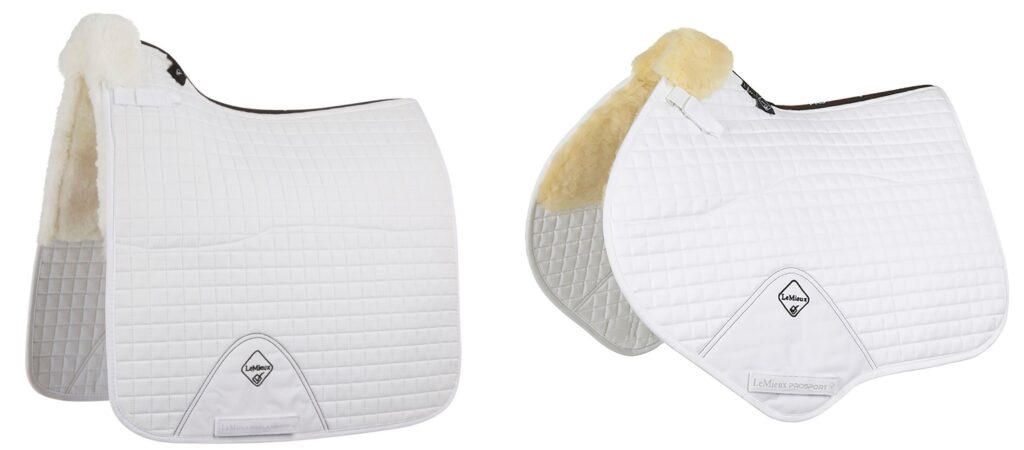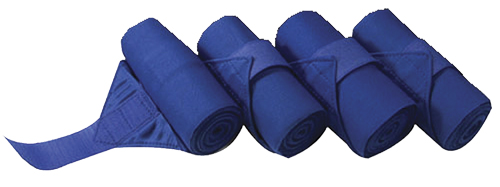
Because gift-giving season is almost here, we’re thinking of ways to delight the horses and ponies in our lives. The obvious choice? Surprise their taste buds with delectable concoctions, perhaps from a brand they’ve never tried before. To help you choose from all the treats available today, here are some thoughts you might like to consider.
Best-Selling Treats
If your horse likes to follow the herd, he or she will love these popular favorites. These treats are produced from partners that are among our favorites, too, as they stand behind their high-quality products.
- German Horse Muffins: Made by Equus Magnificus in the USA, German Muffins are decadent, sweet and chewy treats. Fresh grains, molasses, vitamins and more are mixed to perfection and formed into gourmet bite-size muffins. They can also be used to disguise pills.
- Manna Pro® Bite-Size Nuggets: Offered in a variety of flavors, these crunchy treats fit into pockets easily and pack a great value for your dollar. They’re made in the USA from wholesome ingredients, fortified with vitamins and minerals, and horses find them irresistible!
- Uncle Jimmy’s® Squeezy Buns: These wonderfully soft treats are individually wrapped to preserve freshness and to eliminate mess. They are made in the USA from all-natural, nutritious ingredients, and horses simply adore them.
Seasonal Flair
Looking for something with distinct holiday appeal? Check out these fun brands!
- Mrs. Pastures® Cookies: Offered in festive holiday packaging, these all-natural horse treats have been enjoyed by horses since 1986. Made in the USA, these cookies are dehydrated rather than baked, so they won’t crumble or fall apart in your pocket.
- Stud Muffins®: Filling a transparent candy-cane container for easy gift giving, these chewy treats are handmade from nutritious ingredients and fortified with extra protein and flaxseed.
- Kelcie’s Horse Treats: These treats come in Pumpkin Spice, which is as perfect for seasonal festivities as pumpkin pie! Naturally low in sugar, starch and carbohydrates, they’re made in a unique extrusion process and designed to deliver healthy benefits.
Small Bakery Support
If you love to support small, entrepreneurial businesses, any of these treats will please both you and your horse.
- A to Z Horse Cookies: Appropriate for horses with metabolic conditions, these soft, flavorful treats were originally designed to be used as pill pockets to hide medicines. They’re low in carbs, low in sugar and made in the USA from human-grade, organic ingredients.
- NickerDoodles: These gourmet horse treats are handmade in the USA for discriminating horses and their picky owners. They’re soft, tasty, easily digestible and just six simple all-natural ingredients.
- Daybreak Farm Horse Muffins: These “Muffins with a Mission” are offered with candy centers or with limited, all-natural ingredients as a healthy option. While the muffins make your horse happy, they serve a higher purpose: they’re created in a special working farm in Pennsylvania, where individuals with special needs find meaningful work, vocational job training and socialization.
Does your horse have a favorite cookie or treat? Share your photos with us on Instagram and Facebook by tagging @doversaddlery!




































